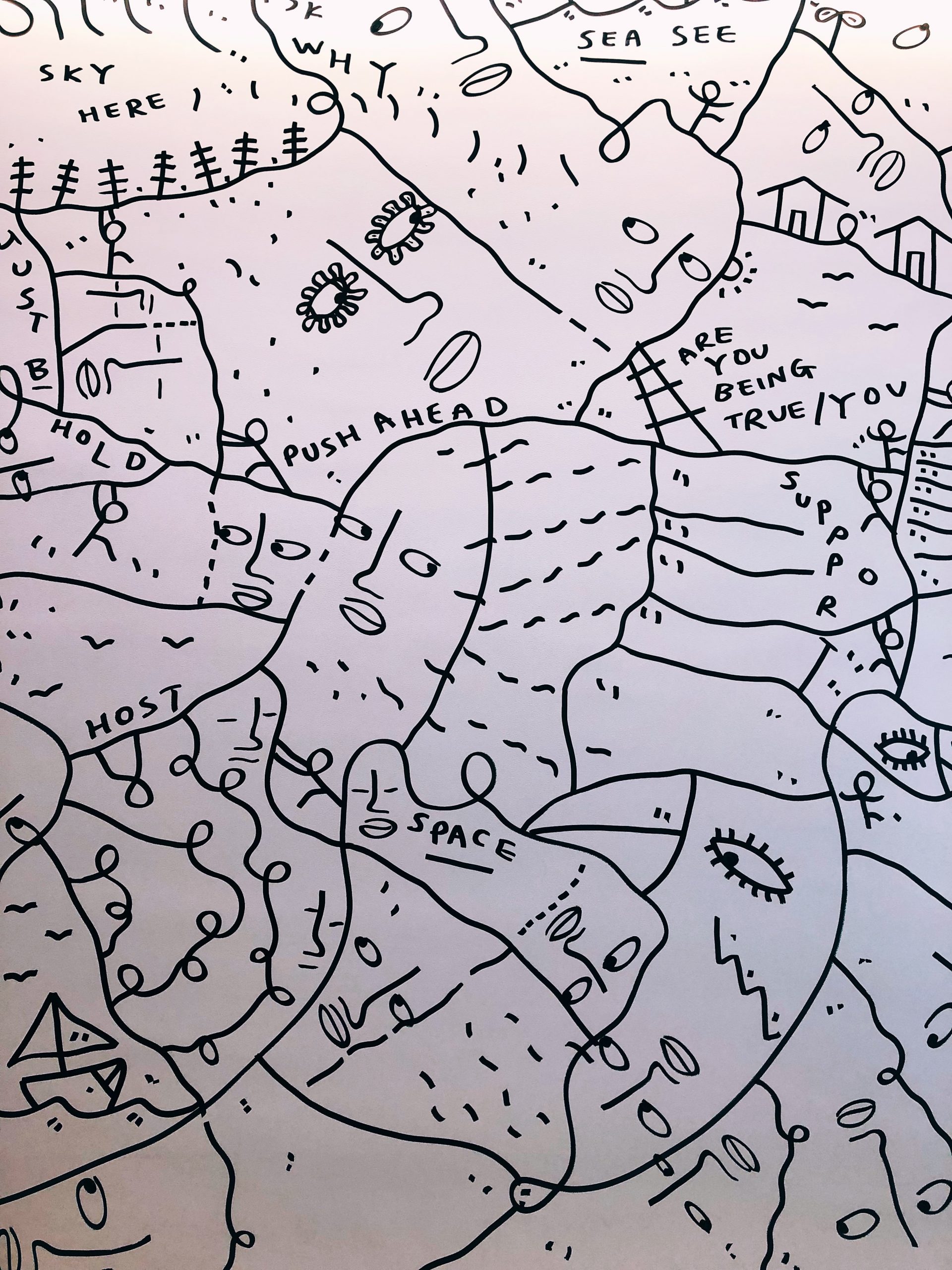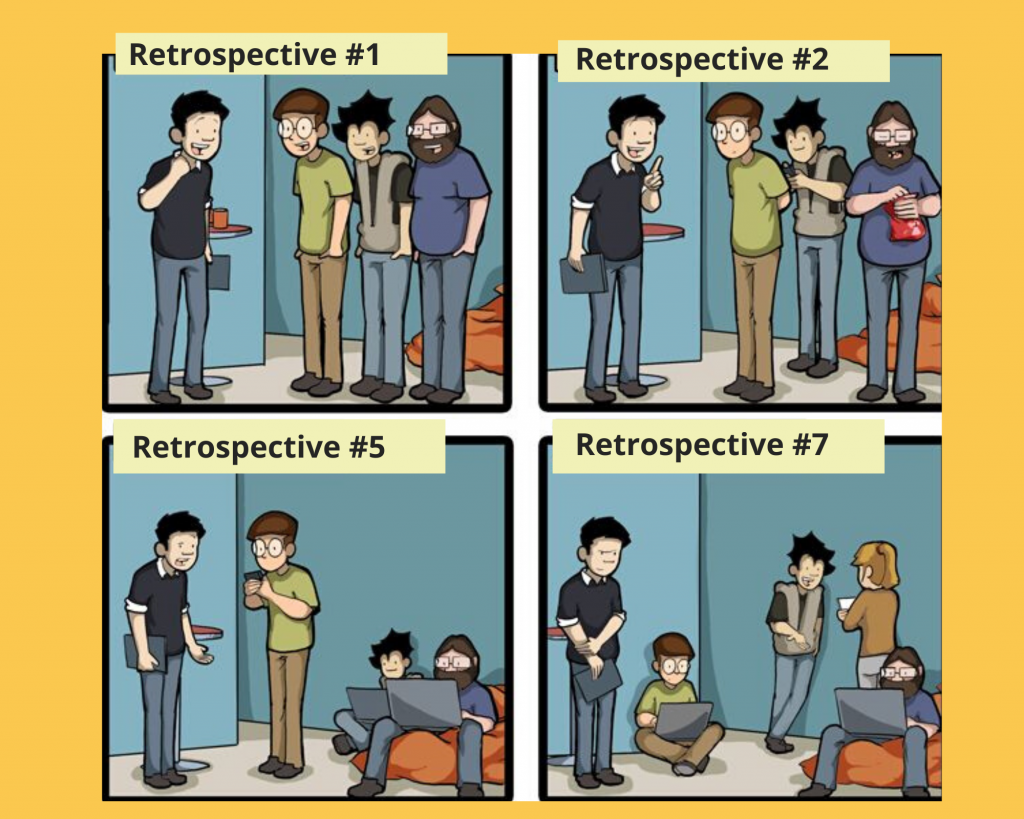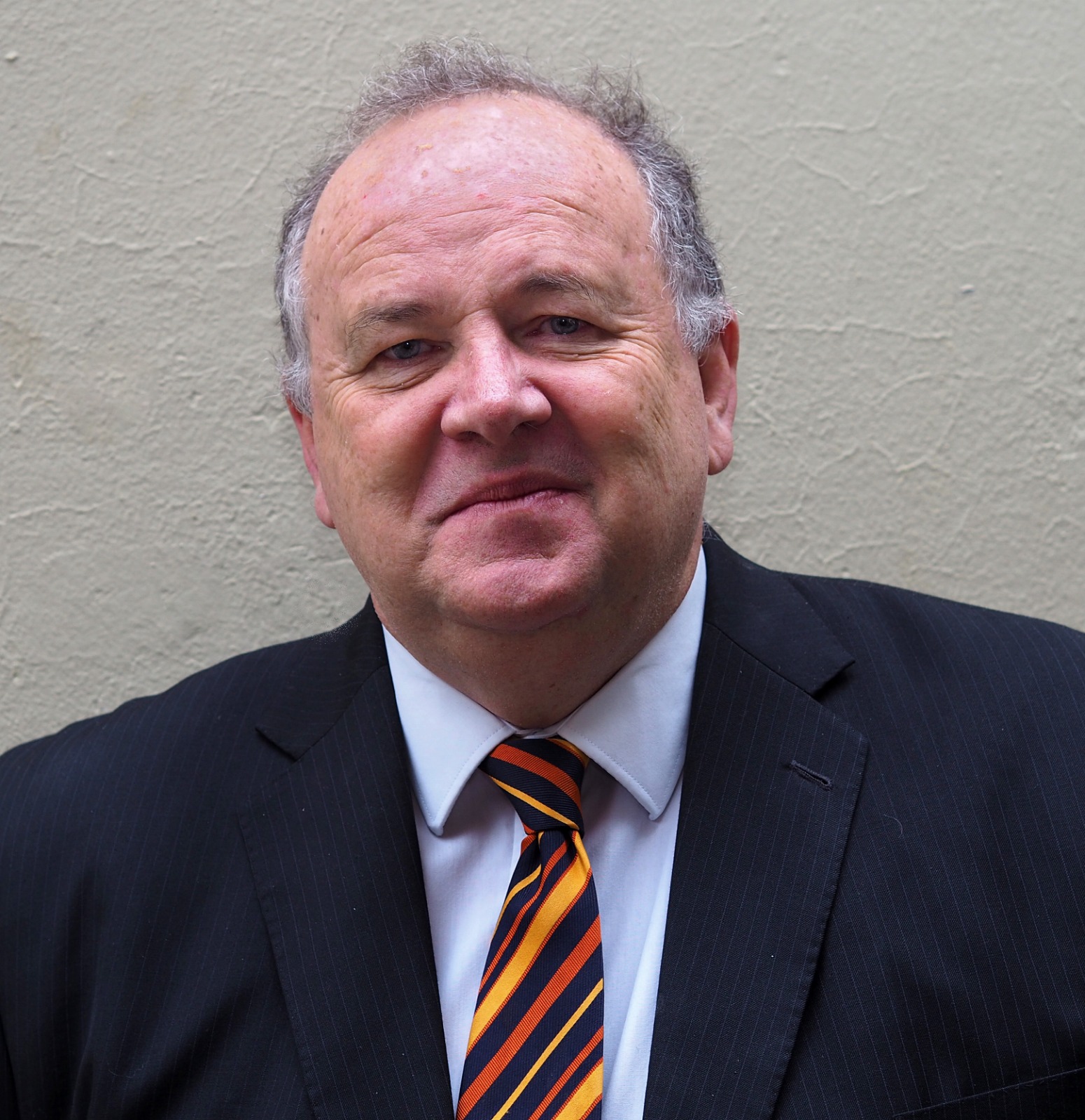
‘Pizzas at the retrospective today’ said the calendar invite. ‘Here we go again talking and doing the same things for two hours’ chorused the team. The reaction from the team to the calendar invite for a retrospective with a pizza thrown in could be summed up as, “We could much rather be working and get things done, than talking about the same thing for two hours. Retrospectives often get mired in following a plan or in enticing participants into the room. Yet by not focusing on the value created for and by the team through reflection, agile teams miss an opportunity to improve. Here are three tips teams can use to create value in retrospectives.

Value created by Agile
The world is fascinated with Agile because of its ability to create value for all stakeholders. Agile humanises work for teams, improves various performance metrics for organisations. It delights end users and clients and helps them meet their own goals.
An agile way of working is a synthesis of many skills, behaviours, processes, tools and mindsets. Here is a simplified visual of the same. The visual is not exhaustive or definitive.

The visual above calls out reflection or being reflective as an important element of an agile way of working. Yet practitioners struggle to create value through reflection in retrospectives. This struggle to create value in retrospectives is despite the fact that:
(1) the agile principles also valuing reflection as an important element of being Agile.
(2) An abundance of tools and resources available for conducting retrospectives.
Think about it, if a 7-member team spent two hours every fortnight in a retrospective, it is 840 minutes of human effort. More the reason to focus on the challenges faced in retrospectives..
Challenges faced by practitioners
Sharing a couple of challenges faced by Agile practitioners in weaving reflection into the flow of work. For most agile teams, reflection meeting takes the name of retrospectives. This is not an exhaustive list of challenges faced by agile teams. Here is a link which details a few more challenges in retrospectives.
1) Fixated on a series of steps to follow
Most retrospectives have a standard set of questions. The questions take the shape of what went well and what can go better for the team. A reflection ritual for the team (retrospective) must reflect
- The stage of the team (Norming, forming…).
- Current priorities of the team.
- Setting the stage or framing the situation.
2) Waning interest in retrospectives.
Teams lose interest in retrospectives for a variety of reasons. These reasons could range from feeling psychologically unsafe to contribute, to not seeing any change basis their inputs in earlier meetings. In response to waning interest practitioners resort to quick fixes rather than focusing the team on surfacing hidden or obvious elephants. Such quick fixes, be they pizzas or fun games in a retrospective, do not help salvage interest in the long term. They rob the teams of an opportunity to improve.
Three tips to create value in retrospectives
Here are three simple tips to create value from your retrospectives. Simple in no way means easy. Yet by facilitating the team to surface bottlenecks and wrestle with them you help teams build resilience.
1) Whose agenda is it?
In an agile way of working, self organised teams are the norm. The team determines everything – from what they will work on to how they will deliver it. Why should the reflection meeting (retrospective) be any different? Allowing the teams to determine the agenda of a retrospective brings ownership. Ownership gifts the team resilience to wrestle with hard challenges.
Agile practitioners would do best by helping teams explore many perspectives. They should make available data points, so that everyone is aware. The team can then set a more informed agenda for retrospectives basis all data points.
2) Enabling a virtuous cycle
The most motivated of teams can lose steam, if they do not see the results of their reflections. Agile practitioners can help teams break down their reflections into steps for action and improvement. These small actionable changes will bring with it energy for the teams to renew themselves upon. Incremental and consistent change efforts build engagement and credibility. A retrospective which does not end with a clear increment of change that the team agrees to implement, has missed its purpose. Focus on helping the team break down the change they want to see into smaller steps and build consensus for it.
3) Facilitating micro reflections
A pre-decided reflection calendar need not constrain agile practitioners. A recurring fortnightly or monthly retrospective does not mean one can’t get creative with it. Encourage reflections in many forms through the sprint. Here are a few ideas to facilitate personal reflections, mini reflections and paired reflections even.
An agile practitioner is a skilled facilitator among many other things. An excerpt from the blogpost ‘Seven Characteristics of Awesome Facilitators‘ emphasises an important principle for Agile practitioners to consider :
“the outcomes needed by the team takes precedence over all else. Tools included. There is a respect for what the tools can help accomplish and a consequent need to be acquainted with these. But true mastery is not in replicating tools and processes. True mastery is in combining, shaping, mixing, axing of tools, processes, and ideas with imagination. Tools must always bow at the altar of outcomes that a group needs”.







